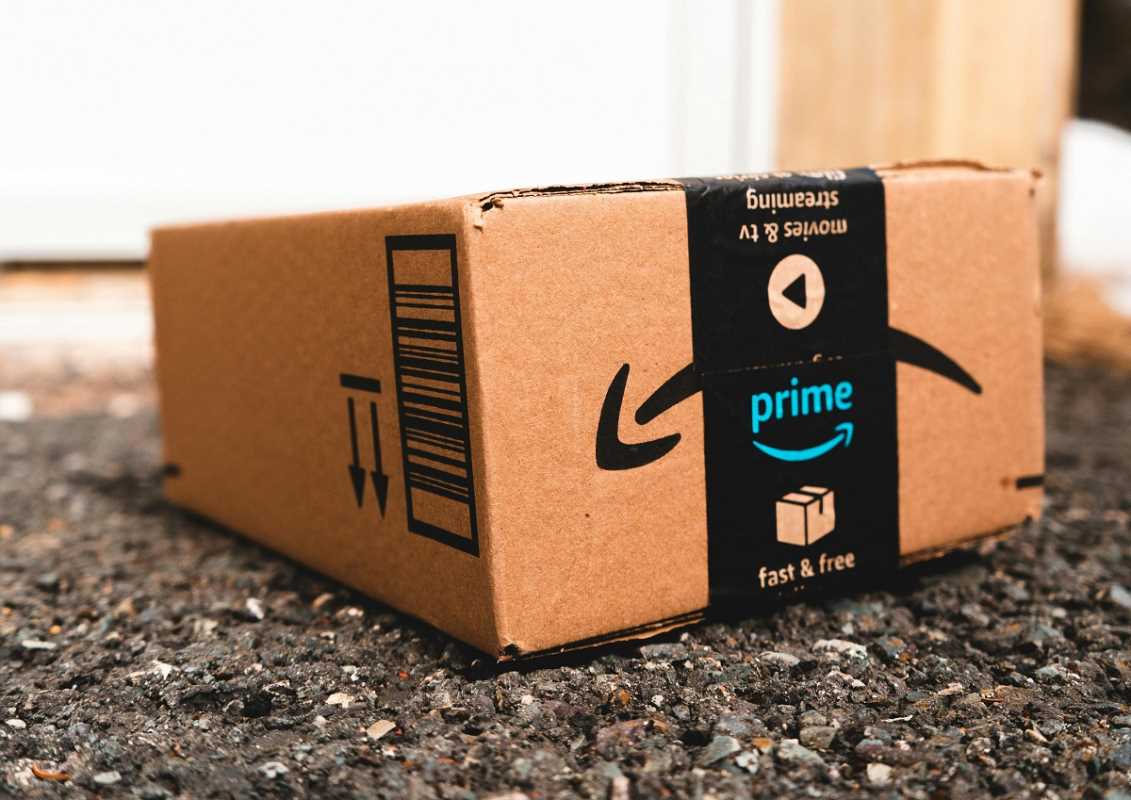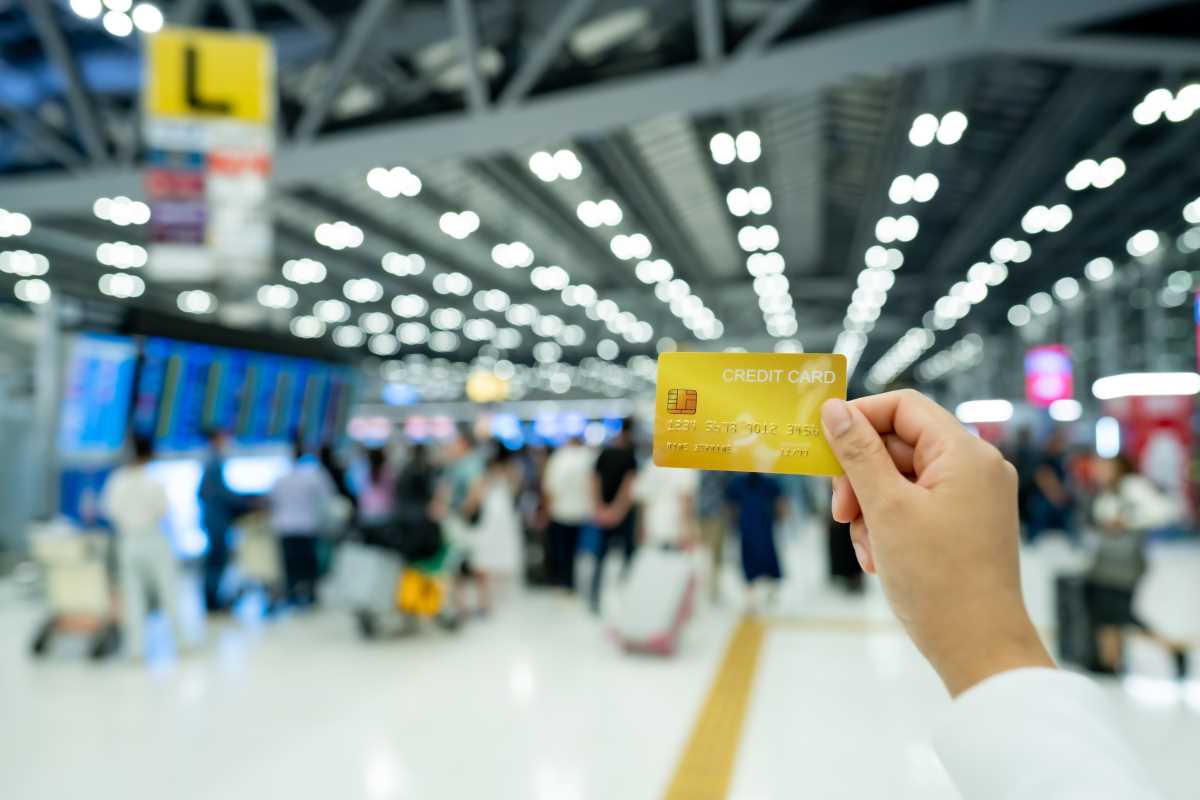Saving money while shopping often feels like the ultimate win. But what if you could secure the best deal without hopping from store to store? This is where price matching can make a world of difference. By leveraging price-matching policies, you can ensure you're paying the lowest price available for your must-have items. Here’s everything you need to know to make the most out of this smart shopping strategy, including the stores that offer price matching and tips to help you succeed.
What Is Price Matching?
Price matching is a customer-first policy where retailers promise to match a competitor's lower price for the same product. Essentially, if you find the item you want sold at a cheaper price elsewhere, you can request the retailer match that price so you can buy from them instead. Some stores even offer price matching for their own pricing if the product you purchased drops in price shortly after your purchase.
Price matching benefits consumers in two significant ways:
- Saves Money: You get the best available deal without running around to different stores or waiting for major sales.
- Convenience: You can shop your favorite retailers while still taking advantage of discounts from competitors.
But how does this work, and which retailers have your back with this policy? Let's dig in.
Major Retailers With Price-Matching Policies
Several big-name retailers offer generous price matching policies. Each store has its own rules and exceptions, so understanding them can help you shop smarter.
1. Walmart
Walmart is known for its “Everyday Low Prices,” but it also offers price matching for purchases made online. Here's how it works:
- Walmart matches prices with major online retailers like Amazon, BestBuy.com, and Target.com.
- The item must be identical (same brand, model, size, color, etc.).
- Price matching requests must be made before completing the purchase.
Tips: If you spot a lower price elsewhere after purchasing, Walmart typically won’t offer price adjustments. Double-check prices beforehand to secure the best deal.
2. Target
Target has a straightforward price matching policy that’s consumer-friendly:
- Target will price match in-store and on Target.com against both local competitors and 25+ online retailers.
- Purchases are eligible for price adjustment within 14 days if Target’s price drops.
- For price matching, you’ll need to bring proof of the competitor’s price, such as a printed ad or a phone screenshot.
Tips: Use Target's app to scan barcodes while shopping and compare prices. You’ll save time and potentially money on the spot.
3. Best Buy
Best Buy’s policy aims to keep it competitive for all your tech purchases:
- Best Buy will match prices for local competitors as well as online retailers like Amazon, Walmart.com, and Newegg.com.
- Requests can be made before or during the purchase.
- Best Buy also price matches products listed on its own website if the in-store price is higher.
Tips: Look for open-box or clearance items at Best Buy and request a price match on top of these discounts for additional savings.
4. Home Depot
If you're tackling a home improvement project, Home Depot’s price matching policy might save you big:
- Home Depot matches in-store prices from competitors and online prices from major retailers (including Lowe’s).
- Many locations will beat the competitor’s price by 10%, making it a standout feature in the price-matching game.
- Requests must be made before purchase.
Tips: If you’re shopping for large, expensive items like appliances, the 10% price-beat guarantee can shave a meaningful amount off your total.
How to Take Full Advantage of Price Matching
Successfully using price matching involves more than casually requesting a discount. Here are some proven tips to get the most from retailer policies:
1. Compare Prices Before You Shop
Use apps and websites like PriceGrabber, ShopSavvy, or the retailers’ own apps to compare prices across stores before heading out. Coming prepared with evidence of the lower price saves time (and ensures you’ll qualify for price matching).
2. Save Receipts
Many retailers offer price adjustments after the fact if the price drops shortly after your purchase. Always save your receipts and watch for price changes up to 7-14 days after buying an item.
3. Read the Fine Print
Each store has specific rules. For example:
- Some exclusions apply, like clearance items, holiday promotions, or bundles.
- Items must usually be identical (same brand, size, color, and model).
- Some retailers limit how many items can qualify for price matching in a single transaction.
By familiarizing yourself with these rules, you can avoid unnecessary back-and-forth or surprises at checkout.
4. Be Polite and Prepared
When requesting a price match, be polite and have all the relevant information ready. Show the competitor’s ad, pull up the webpage with the lower price, or provide a receipt. Being prepared makes the process smoother for both you and the store associate.
5. Don’t Overlook Online Price Matching
Not all price matching happens in-store. Many retailers have price matching policies tailored to online shopping. Before you hit "buy," check whether the site you’re purchasing from will consider price matching an eligible competitor.
The Best Times of Year to Get Deals
While price matching is a powerful tool on its own, combining it with shopping during peak discount periods can help you maximize your savings. Here are the best times of year to keep an eye out for incredible deals at major retailers like Walmart, Target, Best Buy, and Home Depot:
1. Black Friday and Cyber Monday
These legendary shopping events take place in late November, offering some of the steepest discounts of the year. Retailers slash prices across electronics, home goods, apparel, and more. Since price matching policies typically hold during this time, you can capitalize on competitor deals while shopping at your favorite store. Just make sure to check if any Black Friday-specific exclusions apply, as some retailers limit price matching for limited-time doorbusters.
Pro Tip: Use online price trackers or apps to monitor deals leading up to Black Friday and Cyber Monday so you’re prepared to request matches.
2. End-of-Season Sales
Retailers frequently clear out seasonal inventory to make way for new products, which means price drops galore:
- Winter Clearance (January-February): Great for snagging holiday leftovers or cold-weather essentials.
- Summer Sales (August-September): Perfect for patio furniture, grills, and summer decor.
- Take advantage of price matching to secure competitive rates before products are gone.
3. Back-to-School Season
From July through early September, retailers like Walmart and Target offer steep discounts on school supplies, electronics, and dorm essentials. This is a golden opportunity to pair sales with price matching, especially when shopping for laptops, printers, and other high-ticket items.
4. Labor Day and Memorial Day
These holiday weekends bring standout discounts on appliances, mattresses, and furniture, particularly at stores like Home Depot and Best Buy. You’ll often find retailers competing head-to-head on pricing, which is the perfect time to use price matching to your advantage.
5. Post-Holiday Sales
The weeks after major holidays, like Christmas and Easter, are prime time for deals as stores look to clear inventory. This is an excellent opportunity to combine sale prices with price matching policies for double the savings.
6. Tax-Free Weekends
Some states offer tax-free shopping weekends for back-to-school purchases, usually in late summer. When paired with a retailer’s price matching policy, you can save big on school supplies, clothing, and even electronics.

.jpg)





